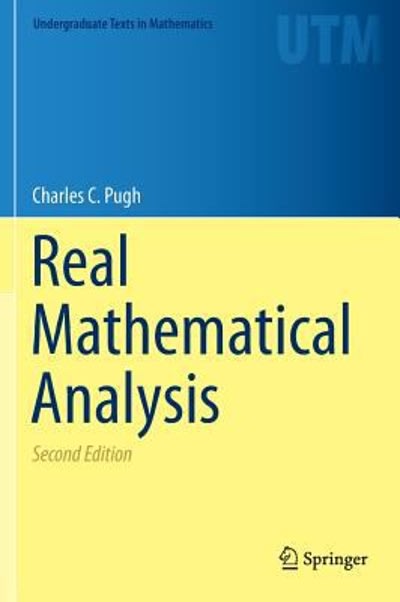Answered step by step
Verified Expert Solution
Question
1 Approved Answer
Dependent variable: average hourly earnings (AHE). Regressor (1) (2) (3) College( X,) 5.46 5.48 5.44 Female( X2) -2.64 -2.62 -2.62 Age( X3 0.29 0.29 Northeast(


Step by Step Solution
There are 3 Steps involved in it
Step: 1

Get Instant Access to Expert-Tailored Solutions
See step-by-step solutions with expert insights and AI powered tools for academic success
Step: 2

Step: 3

Ace Your Homework with AI
Get the answers you need in no time with our AI-driven, step-by-step assistance
Get Started


